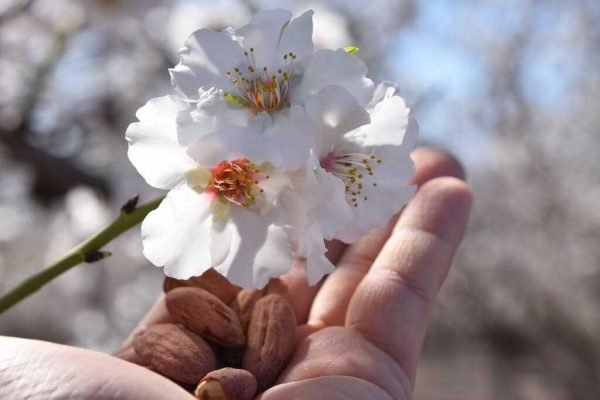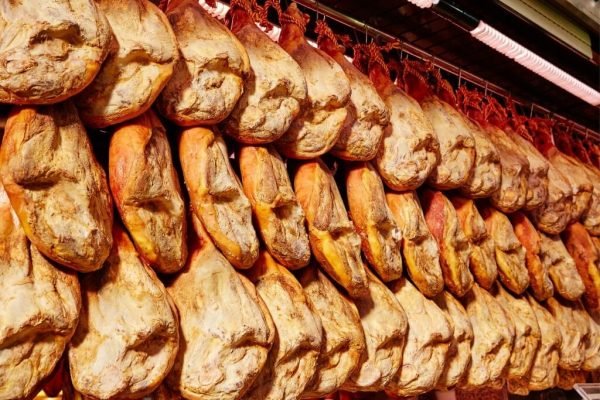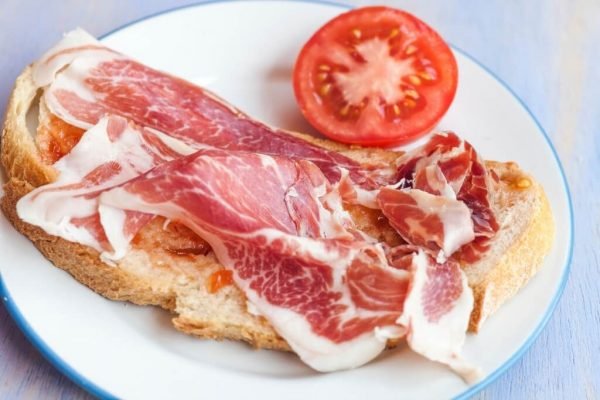Excursion to the Alpujarra of Granada from Roquetas de Mar, Almeria
PEPE TOURS
Excursion to the Alpujarra of Granada from Roquetas de Mar, Almeria
PEPE TOURS
Excursion to the white villages of Alpujarra from Roquetas de Mar
Full day trip to the Alpujarras of Granada from Roquetas de Mar. A trip through the National Park of Sierra Nevada where we visit the most representative region of the province of Granada: the Alpujarra. A trip along the white washed villages sheltered under the slopes of the Sierra Nevada Mountains with magnificent scenery and breathtaking viewing points.
Departure at the indicated time from Roquetas de Mar with destination the Alpujarra of Granada. During this excursion we will get to know the most traditional of the culture of the Alpujarra, and we will travel through some impressive countrysides and typical white villages in the mountains of Granada. We will see some of the most beautiful villages of Spain, the villages of the valley of Poqueira: Capileira, Pampaneira and Bubion. At midday we will enjoy a typical “Alpujarra” lunch (not included). In the afternoon we will return to Roquetas de Mar. Arrival at Roquetas de Mar and the end of our service.
Departure days:
Please check availability
The excursion to Alpujarra includes:
– Transportation by modern coach with air conditioning and reclining seats
– Accompanying guide service
– Guided tour of Capileira and Pampaneira
– Visit of a loom workshop with demonstration
– Visit of an artisan chocolate factory
– Travelers insurance
Price details
| PRICE PER PERSON IN EUROS (SEASON 2024 - 2025) | |
| ADULT | from 72 € |
| CHILD (3 – 11 years) | from 20 € |
Information about the white washed villages of the Poqueira Ravine:
The Alpujarra … everything you can dream of.
The Alpujarra is one of the most unique environments of Europe. The steep mountainous area with incredible hilly landscape, full with contrasts: as a result of the difference in heights and the difference in climates, we can enjoy an alpine landscape as well as a subtropical coast.
Three colours are well-defined in the Alpujarra: green of the countryside, blue of the sky, the sea at the background, white of the villages and the nearby snow. Like the Alpujarra there are few regions that have been capable to keep their beauty and mystery. Little villages have known how to maintain their traditions, habits and lifestyles as the inhabitants of the villages in this region. What is most striking in the Alpujarra is the peculiar way of building the villages, specially villages like Pampaneira, Bubion and Capileira, which form a splendid Historical Artistical Unity called the Abyss of Poquiera. They maintained the Berber aspect in the architecture of their houses and streets. Small white villages, balconies, covered with flowers, hanging of the terraces on the slopes and which interrupt an almost untouched nature. Villages built as terraces with steep narrow streets and their little houses of a mainly white colour, with flat roofs. From the panoramic viewpoint of Capileira, on top of the abyss, one can see the nearby villages, Sierra Nevada, and on clear days some of the mountaintops of the north African coast.
The origin of Capileira goes back to the time of the Goths although some writers think that it goes further back in time. The name comes from the Latin word capillaris-e, which means “higher situated place”. Due to the invincible character it was one of the last places taken by the Arabs and later the Christians. During the Nasrid period it formed the Taha (an administrative area) of Poquiera. Capileira was the scene for the battles between Boabdil and his uncle, El Zagal. After the Reconquest of Granada, the population of Capileira stayed Muslim until the Revolt of 1568, after which the moors were expelled by order of Phillip II. Later on, the village was repopulated with inhabitants from other parts of the Kingdom.
The village fully maintains the traditional architecture of the Alpujarra and is divided in three districts. The white houses with the flat roofs shape the small winding streets. Through the ages the inhabitants of Capileira have been characterised by their scrupulous respect for their environment, which made of this village the perfect place to enjoy nature. The panoramic sites are ideal to enjoy the spectacular views over the Sierra de Lujar and the Sierra de la Contraviesa. Recommended is the panoramic view from el Tajo del Diablo, vertically opposite Pampaneira and the one from El Perchel with its typical work of the Alpujarra. The most impressive is the panoramic view from the Junta de los Rios, situated at the most southern point of the left-hand side of the abyss.
Bubion hangs on the precipice of Poquiera, which rises towards the mountaintop Veleta in Sierra Nevada. The architecture is the same as the Berber villages, steep streets and houses with flat roofs made out of slate and adapted to the steep slopes of the area.
Pampaneira is the lowest of the three villages of the Abyss of Poqueira. This village is known for its special architecture, which is preserves the tradition of the Alpujarra: white villages with flat roofs, with ‘sombrillo’ chimneys and the typical ‘tinaos’. Pampaneira is also well-known because of its wealth and variety in handicraft, which goes from all sorts of ceramics to cloths that are known as ‘jarapas’, and many other typical objects of the area. The fountains are also worthwhile to be mentioned, some with medicinal mineral water and others, as the Chumpaneira, with ‘supernatural’ powers. As one can read above the three fountains of this spring, where it is said that It is the Fountain of Virtues, and it’s power is such that when a single man drinks from this fountain with the conviction that he wants to marry, directly afterwards he will find his wife, you see!!
Please note that
* Pepe Tours reserves the right to change the itinerary and the order of the excursions for organizational reasons.












